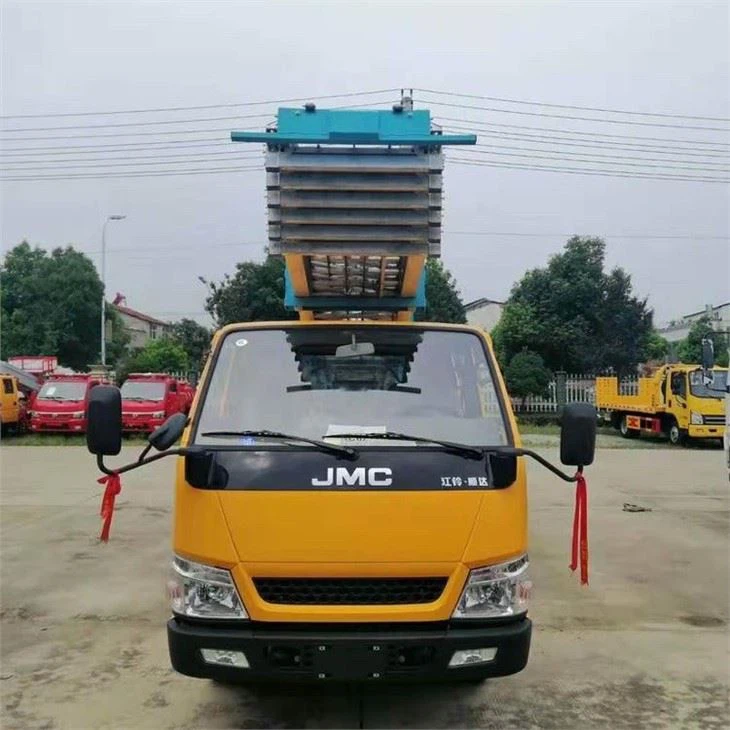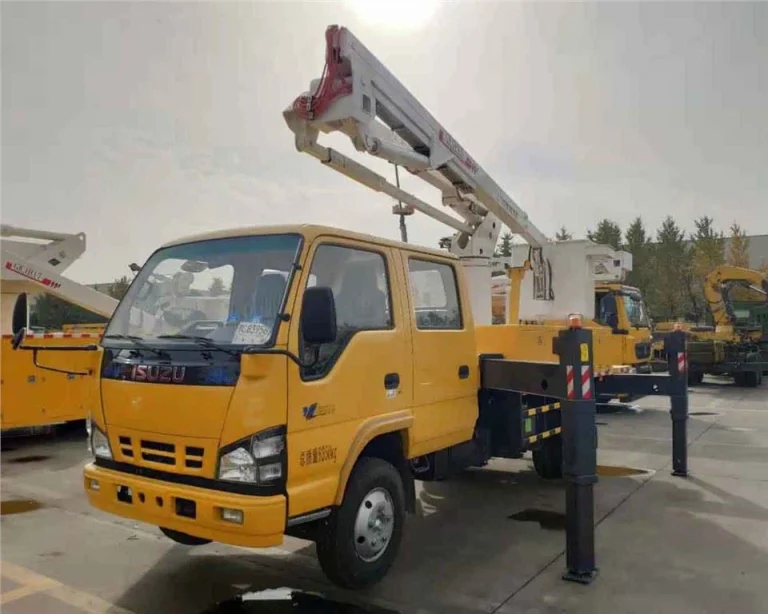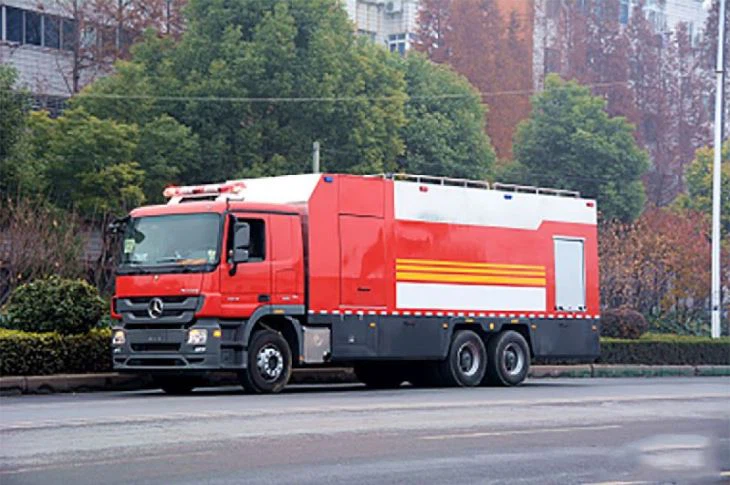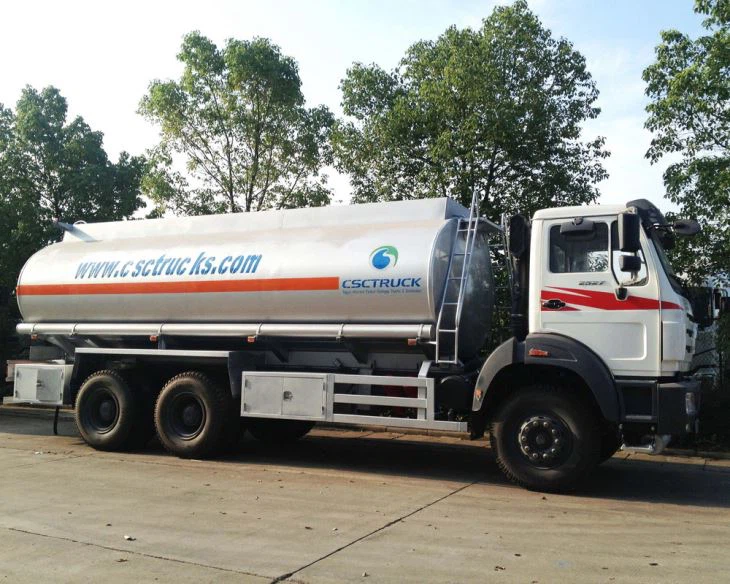Introduction
Freightliner garbage trucks are among the most recognized and utilized vehicles in the waste management industry. With a reputation for durability, efficiency, and innovation, these trucks play a crucial role in keeping our communities clean. This article dives deep into the world of Freightliner garbage trucks, exploring their features, benefits, types, maintenance, and much more to provide you with a comprehensive understanding of these important vehicles. Whether you are a fleet manager, waste management professional, or simply curious about these trucks, this guide will serve you well.
Understanding Freightliner Trucks
History of Freightliner
Established in 1942, Freightliner has grown to be one of North America’s leading manufacturers of heavy-duty trucks. The company’s commitment to quality and innovation has led to its widespread adoption in various sectors, including waste management. Freightliner’s focus on durability and reliability makes their garbage trucks a popular choice among municipalities and private waste companies.
Why Choose Freightliner Garbage Trucks?
- Durability: Built to withstand tough conditions.
- Performance: High horsepower and torque ratings support efficient waste collection.
- Customization: Options for different garbage collection applications.
- Fuel Efficiency: Designed to minimize fuel costs.
Types of Freightliner Garbage Trucks
1. Front Loader Garbage Trucks
Front loader garbage trucks are designed for commercial waste collection. They are characterized by a front-loading mechanism that allows operators to quickly lift and empty large containers. These trucks are commonly used in urban areas where time and efficiency are critical.
Key Features
- High-capacity containers.
- Front-mounted arm for efficient lifting.
- Low operational height for easy access.
2. Rear Loader Garbage Trucks
Rear loader trucks are often used for residential waste collection. They feature a rear compartment where the waste is collected before being compressed into the storage area. Their design allows for a more compact size, making them suitable for navigating tight spaces.
Key Features
- Easy to operate and maintain.
- Flexible loading configurations.
- Available in various sizes to meet local needs.
3. Side Loader Garbage Trucks
Side loader garbage trucks are ideal for residential and commercial waste collection. They can be operated by a single individual and often feature automated arms that pick up bins from the side.
Key Features
- Automation for efficiency.
- Reduced labor costs.
- Enhanced safety due to minimized manual handling.
Operational Efficiency and Technology in Freightliner Garbage Trucks
Engine Power and Fuel Efficiency
Freightliner garbage trucks are equipped with powerful engines that provide the necessary torque for heavy loads. Technologies such as selective catalytic reduction (SCR) reduce emissions, meeting stringent environmental regulations while improving fuel efficiency.
Advanced Safety Features
Safety is paramount in waste collection. Freightliner garbage trucks are outfitted with modern safety technologies such as:
- Anti-lock braking systems (ABS)
- Stability control
- 360-degree cameras for better visibility
Telematics and Fleet Management
Freightliner offers telematics systems that allow fleet managers to monitor the performance, location, and fuel consumption of their trucks in real-time. This data helps optimize routes, enhance maintenance schedules, and improve overall operational efficiency.
Maintenance of Freightliner Garbage Trucks
Regular Maintenance Practices
Regular maintenance is crucial to ensure your Freightliner garbage truck operates smoothly. Key maintenance practices include:
- Regular engine oil changes.
- Periodic brake inspection and service.
- Tire inspections and rotations.
- Checking fluid levels such as coolant, hydraulic fluid, and transmission fluid.
Finding Qualified Service Technicians
Having a reliable service technician familiar with Freightliner trucks is vital. Consider training opportunities or partnerships with local vocational schools to develop in-house expertise.
Parts Replacement and Upgrades
Using genuine Freightliner parts is advisable for maintenance and repairs. Upgrading certain components can improve performance, efficiency, and safety.
Cost Considerations for Freightliner Garbage Trucks
Initial Purchase Costs
The purchase price of Freightliner garbage trucks varies based on the type and configuration. On average, prices can range from $200,000 to $300,000, depending on options and customizations.
Operational Costs
Operational costs include fuel, maintenance, labor, and insurance. It is essential to budget for these recurring expenses to ensure long-term sustainability.
Resale Value
Freightliner garbage trucks often retain good resale value due to their durability and reputation. Regular maintenance documentation can further enhance the resale potential when it’s time to upgrade.
Best Practices for Using Freightliner Garbage Trucks
Training for Operators
Proper training for operators is critical to ensure safety and efficiency. This includes knowledge of the truck’s operations, safe handling of waste materials, and emergency procedures.
Optimal Routing and Scheduling
Using route optimization software can help minimize fuel consumption and maximize collection efficiency. Analyzing collection patterns can lead to fewer operational costs and improved service quality.
Community Engagement and Education
Educating the community about waste disposal can improve overall efficiency. Awareness programs can significantly reduce contamination in recycling and organic waste streams, ultimately aiding resource recovery efforts.
Freightliner Garbage Truck Innovations
Environmental Innovations
Freightliner is committed to reducing its environmental impact. The introduction of electric and alternative fuel garbage trucks is a step towards more sustainable operations.
Enhanced Automation
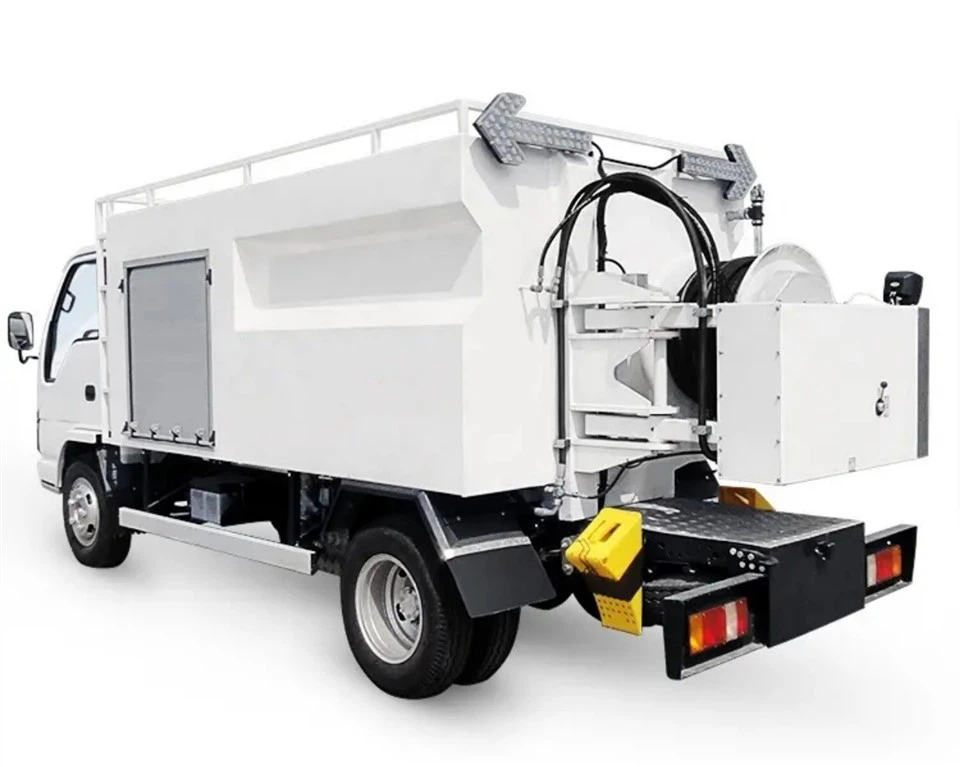
The use of automation in garbage collection is becoming more prevalent. Freightliner is exploring self-driving technologies that could potentially reshape the waste management landscape.
FAQ Section
1. What types of waste can Freightliner garbage trucks handle?
Freightliner garbage trucks are designed to handle a variety of waste types, including residential garbage, commercial refuse, recycling materials, and organic waste.
2. How often should Freightliner garbage trucks be serviced?
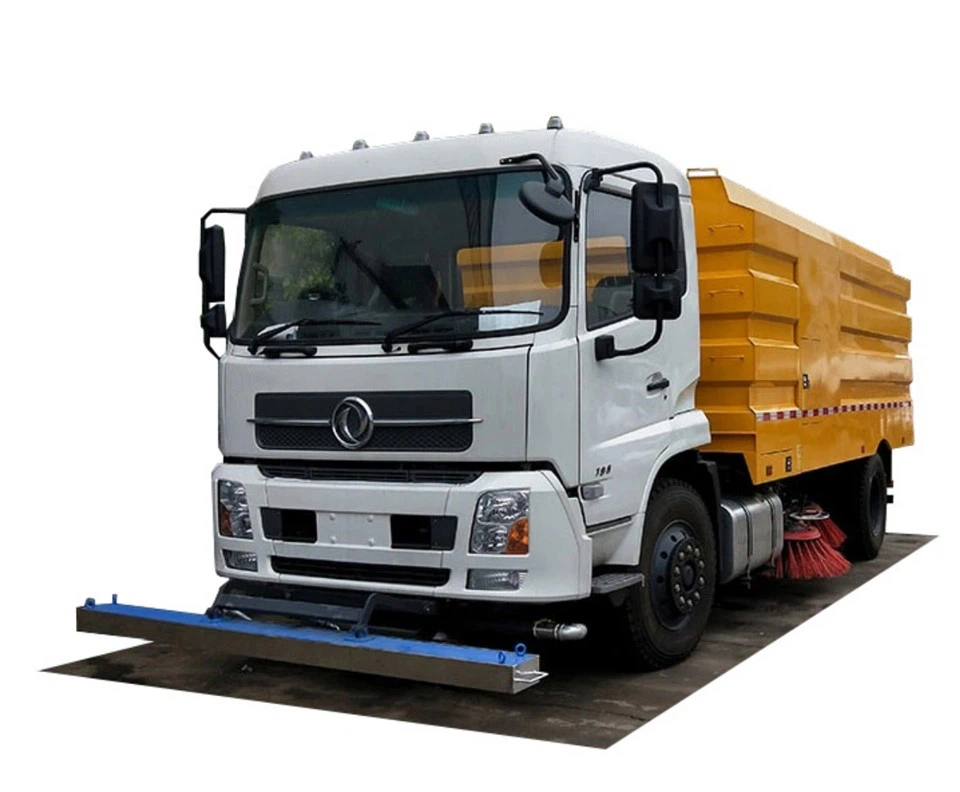
It is recommended that Freightliner garbage trucks undergo routine maintenance every 5,000 miles or every six months, whichever comes first, to ensure optimal performance.
3. Are there financing options available for purchasing Freightliner garbage trucks?
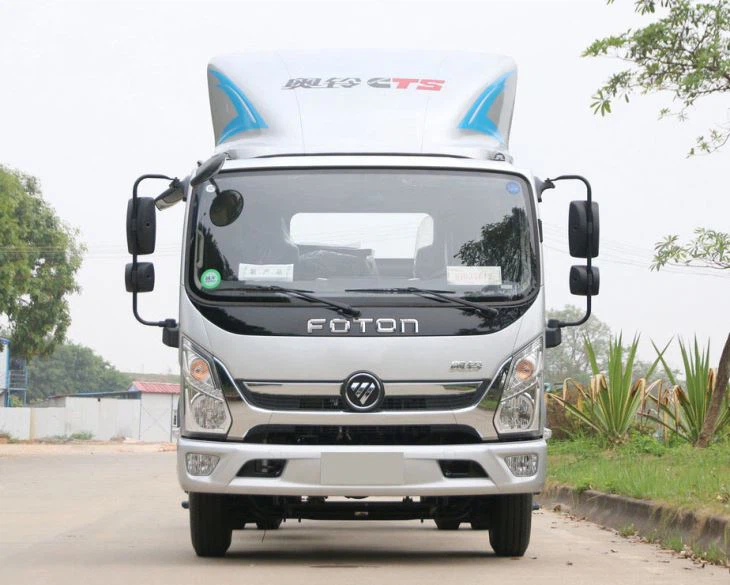
Yes, many dealerships offer financing options, including loans and lease agreements, to help municipalities and businesses acquire Freightliner garbage trucks.
4. What is the typical lifespan of a Freightliner garbage truck?
With proper maintenance and care, a Freightliner garbage truck can last anywhere from 10 to 15 years, and sometimes even longer.
5. How do I choose the right Freightliner garbage truck for my needs?
Choosing the right model depends on various factors, including the type of waste you collect, your budget, and whether you operate in residential or commercial settings. Consulting with a Freightliner dealer can provide tailored recommendations.
6. Can I retrofit my existing truck with newer technology?
In many cases, yes. Many Freightliner trucks can be retrofitted with modern technology, including telematics and safety features. Speak with your local Freightliner dealer for options.



